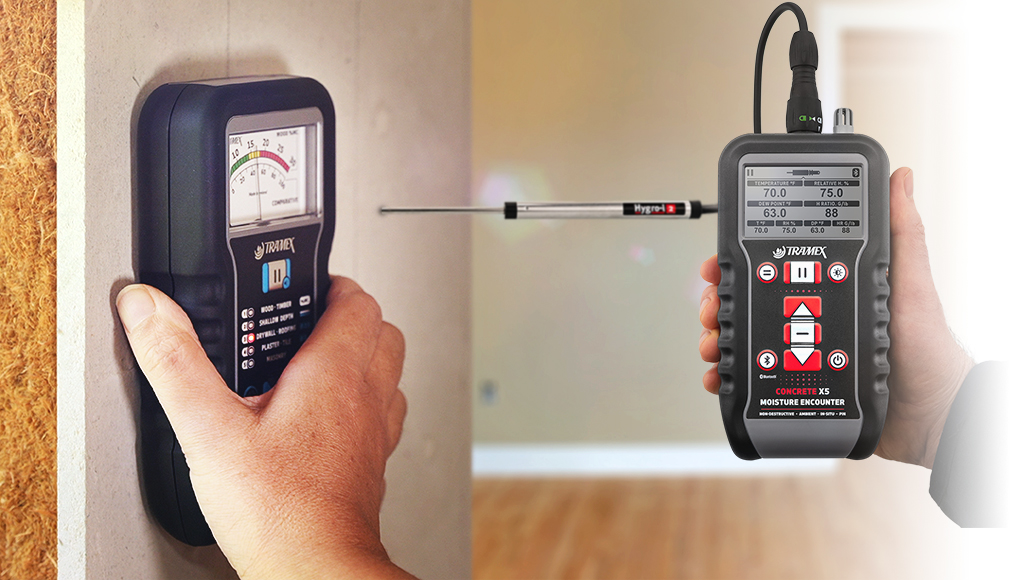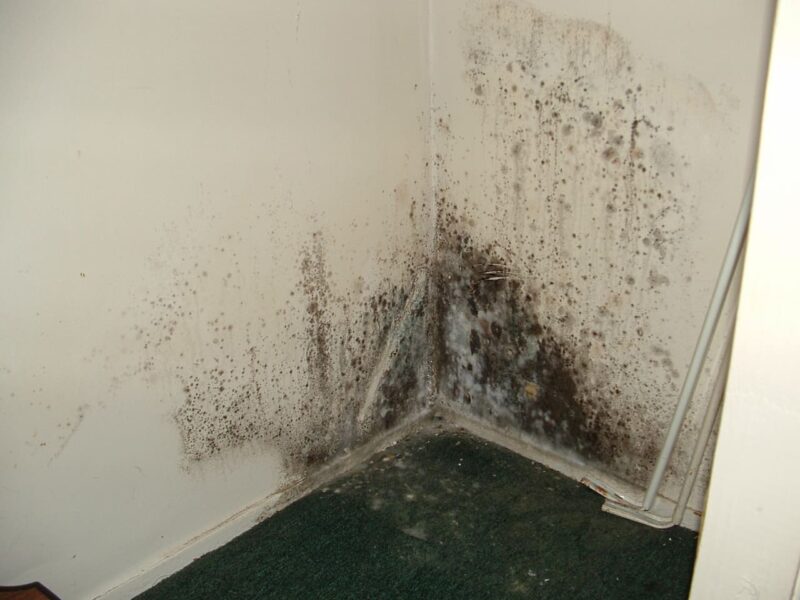Hidden within the walls, beneath the floors, and lingering in the damp corners of your home, mold quietly poses a serious threat to both your health and the structural integrity of your living space. Often, it begins its insidious course unnoticed, thriving in dark, humid environments while releasing spores that can trigger allergies, respiratory issues, and other health complications.
With a keen eye and a proactive approach, you can unveil this silent menace before it has the chance to spread its grip. In this article, we will explore effective strategies for detecting hidden mold in your home and provide practical steps to safeguard your sanctuary against this unseen adversary.
It’s time to shine a light on those shadowy spaces and reclaim control over your home’s air quality and wellness.
Why Mold Detection is Crucial for Your Health and Home## Common Signs of Mold Presence

Mold can be a silent invader, lurkings in the shadows of your home, and its presence often goes unnoticed until it leads to more severe issues. If you’re seeing dark spots on walls, a musty odor that seems to cling stubbornly to the air, or peeling paint, these could be your homes cry for help.
Further symptoms might include unexpected allergy flare-ups in your family or inexplicable respiratory issues that seem to vanish when youre away. Even a small leak can foster an environment ripe for mold growth, turning a seemingly minor problem into a significant health threat.
Regularly inspecting areas prone to moisture, like bathrooms, kitchens, and basements, is vital. Dont wait until you can see it—knowing the signs of mold presence can protect both your health and your investment in your home.
Visual Indicators: What to Look For

When it comes to uncovering hidden mold lurking in your home, visual indicators can be your first line of defense. Start by scanning the corners of your walls and ceilings for any discoloration that might suggest moisture accumulation—a patch of yellow, brown, or even green can signal trouble. Look carefully at areas around plumbing fixtures, windows, and doors; if you notice any peeling paint or warped surfaces, this could be a telltale sign of mold growth beneath the surface.
Dont forget to check out your basement and attic; damp, musty odors often hint at hidden colonies. Even a small spot can harbor a much larger problem, so don’t overlook those seemingly harmless fuzzy spots on household items, carpets, or even within air conditioning units.
Regular visual inspections can make all the difference in detecting and addressing this silent threat before it escalates.
Unpleasant Odors: Trust Your Nose

Unpleasant odors can be a major red flag when it comes to detecting hidden mold in your home—trust your nose! A musty, damp scent often signals that mold is lurking behind walls, under carpets, or in damp corners where it thrives. It’s not merely an annoyance; it can indicate a serious underlying problem that, if left unattended, may lead to health issues and structural damage.
When you notice an inexplicable odor that lingers, even after cleaning, take it as a cue to investigate further. Check for moisture-prone areas, or inspect spaces like attics or basements, where mold loves to hide in the shadows.
Remember, some odors can be more subtle than others, creeping up on you when least expected. Dont ignore these scents; they could be the key to safeguarding your home and wellbeing from the silent threat of mold.
Conclusion
In conclusion, detecting hidden mold in your home is crucial for maintaining a healthy living environment and preventing potential health hazards. By being proactive and regularly inspecting both visible and concealed areas for signs of mold growth, you can address issues before they escalate.
Utilizing tools such as moisture meters and considering professional mold testing services, like Mold Testing Tampa, can further enhance your efforts in identifying and mitigating this silent threat. Remember, early detection is key, so take the necessary steps today to ensure your home remains a safe haven for you and your family.


